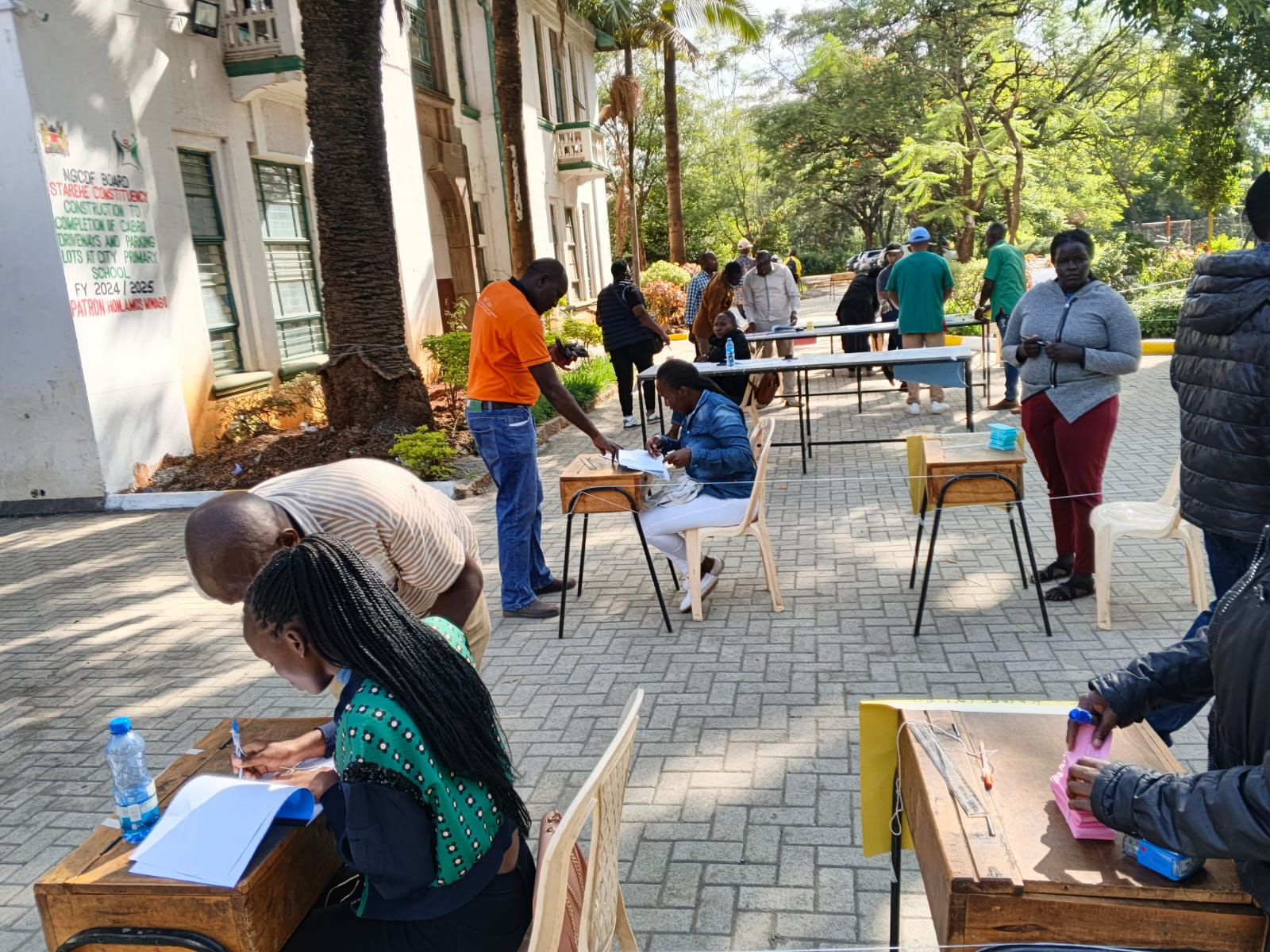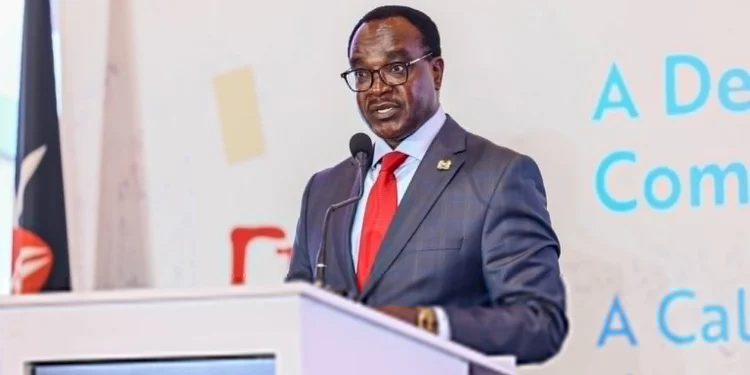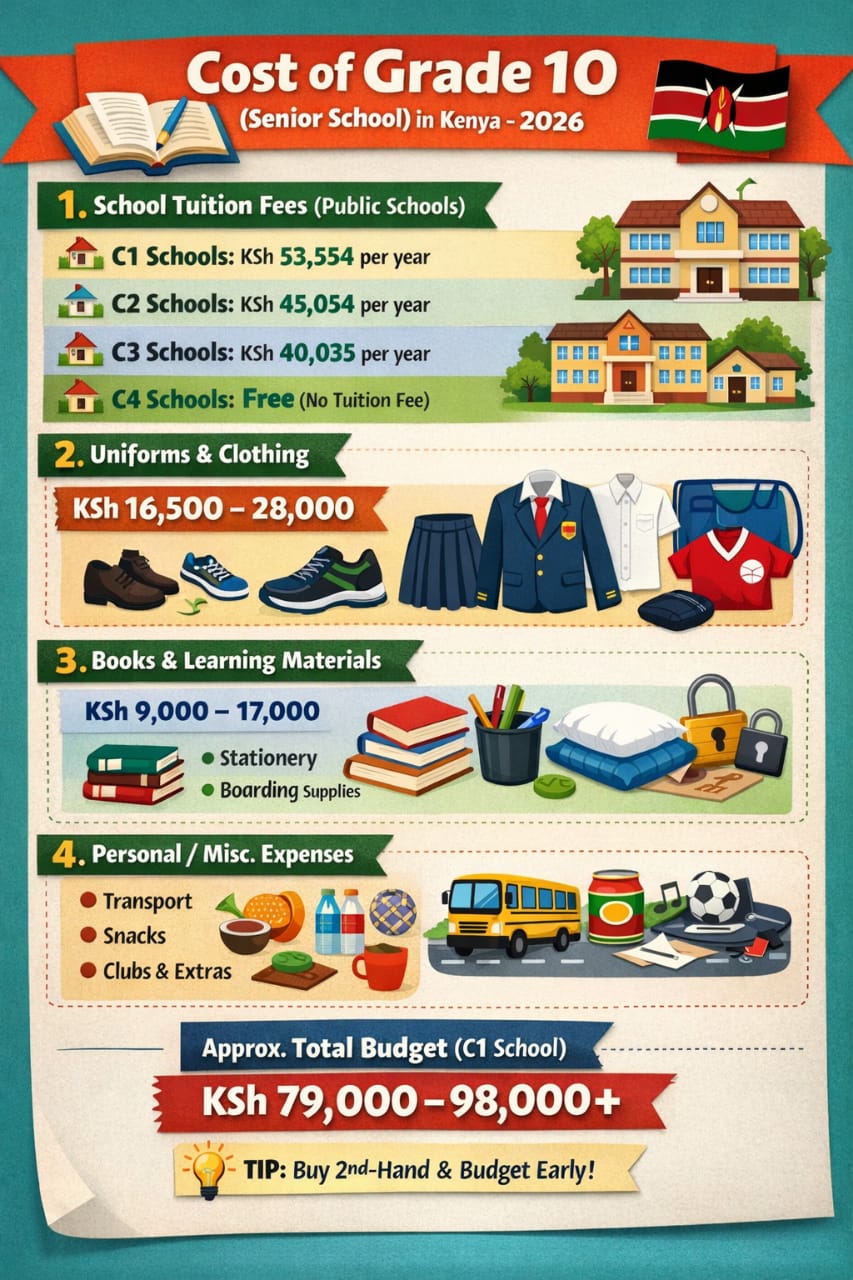A new report shows NEMIS doesn’t capture a number of students transiting to secondary schools.
Much of the data captured on the National Education Management Information System (NEMIS) differs from the real school populations, raising tough questions as to the credibility of the system.
It also raises issues of under-funding, and whether secondary school students actually receive government funding.
This is revealed in a report by Zizi Afrique Foundation, which conducted community surveillance in 96 schools in four sub-counties for the 2022/2023 transition to secondary school.
It involved 6,000 Form One students, which showed surveillance rates being higher than NEMIS.
The findings were presented to secondary school principals during their 46th Kenya Secondary School Heads Association (KESSHA) in Mombasa on June 28, 2023, by the Foundation’s Executive Director Dr. John Mugo.
Accordingly, only 80 per cent of students who transited to secondary schools were captured by NEMIS, while their surveillance findings showed that 95 per cent transited to secondary school.
The 15 per cent difference raises fears that most schools are being underfunded.
Example: In Cheptais Sub-county in Bungoma, NEMIS only shows 83 per cent while the surveillance indicates 95 per cent of students transited to Form One.
In Dagoretti Sub-county, Nairobi, 75 per cent were captured in NEMIS while the surveillance shows 96 per cent.
In Kahuro in Murang’a, 95 per cent transited to Form One according to NEMIS, but the surveillance records 98 per cent; while in Sololo in Marsabit, NEMIS’ 80 per cent contradicts the surveillance’s 91 per cent.
In early June this year, Education Cabinet Secretary (CS) Ezekiel Machogu, while appearing before the National Assembly’s Education Committee, revealed that 212,300 students in secondary schools have not been receiving capitation since their details are not adequately captured in NEMIS.
He singled out controversies and the inconsistencies around learners’ birth certificates as the cause of some learners living on the capitation money of their colleagues, adding that in some cases, serial numbers of birth certificates are shared among learners.
In other instances, birth certificates are missing, hence incomplete registration of students’ data in the government system.
Machogu also stated that some schools are only funded depending on the number of learners fully registered in the government data bank.
He said some learners are in school but are not fully registered on NEMIS, hence causing a risk of under-capitation in some schools.
The government gives Ksh22,244 per student in public secondary schools to facilitate free secondary education under the Free Day Secondary Education (FDSE).
Capitation funding arrangements commenced in January 2018 with a target to achieve a 100 per cent transition of pupils from primary to secondary schools.
A total of 1,233,852 candidates sat the 2022 Kenya Certificate of Primary Education (KCPE) whereby 620,965 were boys, representing 50.32 per cent, and 612,887 were girls, or 49.7 per cent.
Zizi Afrique states that the 2022 primary completion rate was 87.8 per cent, with the transition to secondary school being 78.6 per cent.
Further, the Foundation showed that secondary schooling in Kenya has failed the test of the constitutional threshold which prohibits the State from discriminating directly or indirectly against any person on any ground, and the provision for minorities and marginalised groups to be given special opportunities in the field of education.
Currently, the allocation of children to secondary school discriminates against the less academically oriented and those from poor families, according to the Foundation.
Mugo added that the current classification of schools into national or sub-county drives a discriminative model of resource allocation, favouring the brighter or richer clusters.
He further justifies his opinion in that teachers employed by the board of management in national schools are lower at 15 per cent compared to sub-county schools at 20 per cent.
At the same time, national schools have the highest number of principals with 12 years of experience at 55 per cent, as compared to sub-county schools at 22 per cent.
“A one unit increase in the proportion of TSC (Teachers Service Commission) teachers is associated with a 7.48 points increase in the candidates’ KCSE mean grades,” he observed.
“Attending a school where the current principal has between five and eight years’ experience is associated with scoring 14.2 more points in KCSE examinations than a counterpart in a school where the principal has less than one year experience,” Mugo added.
According to Mugo, national schools have fewer incidences of students learning in the open at 3 per cent compared to sub-county schools at 12 per cent.
Almost all national schools are equipped with computer laboratories and libraries at 97 and 88 per cent respectively as compared to sub-county schools at 26 and 21 per cent.
Mugo revealed further in the survey that Mathematics, Chemistry, Biology, Physics and English are the most challenging subjects in secondary schools, becoming an impediment to achieving learning objectives.
14 per cent of Form 4, 15 per cent of Form 3 and 28 per cent of Form 1 struggle with Physics, while 28 per cent of Form 4, 16 per cent of Form 3 and 23 per cent of Form 1 have issues with Chemistry.
25 per cent of Form 4 have challenges in Maths, as 27 per cent of Form 3 and 20 per cent of Form 1 have problems here. The trend in Biology is that 12 per cent of Form 4 are strained, just like 23 per cent of Form 3 and 16 per cent of Form 1.
For English, Form 4 accounts for 13 per cent, Form 3 nine per cent and Form 1 seven per cent of the strugglers, with Mugo revealing that the three top most common reasons for students performing poorly in the subject are poor study habits, negative attitude towards the subject and teachers, and poor mastery of content.
By Roy Hezron
Get more stories from our website: Education News
To write to us or offer feedback, you can reach us through: editor@educationnews.
You can also follow our social media pages on Twitter: Education News KE and Facebook: Education News Newspaper For timely updates.





